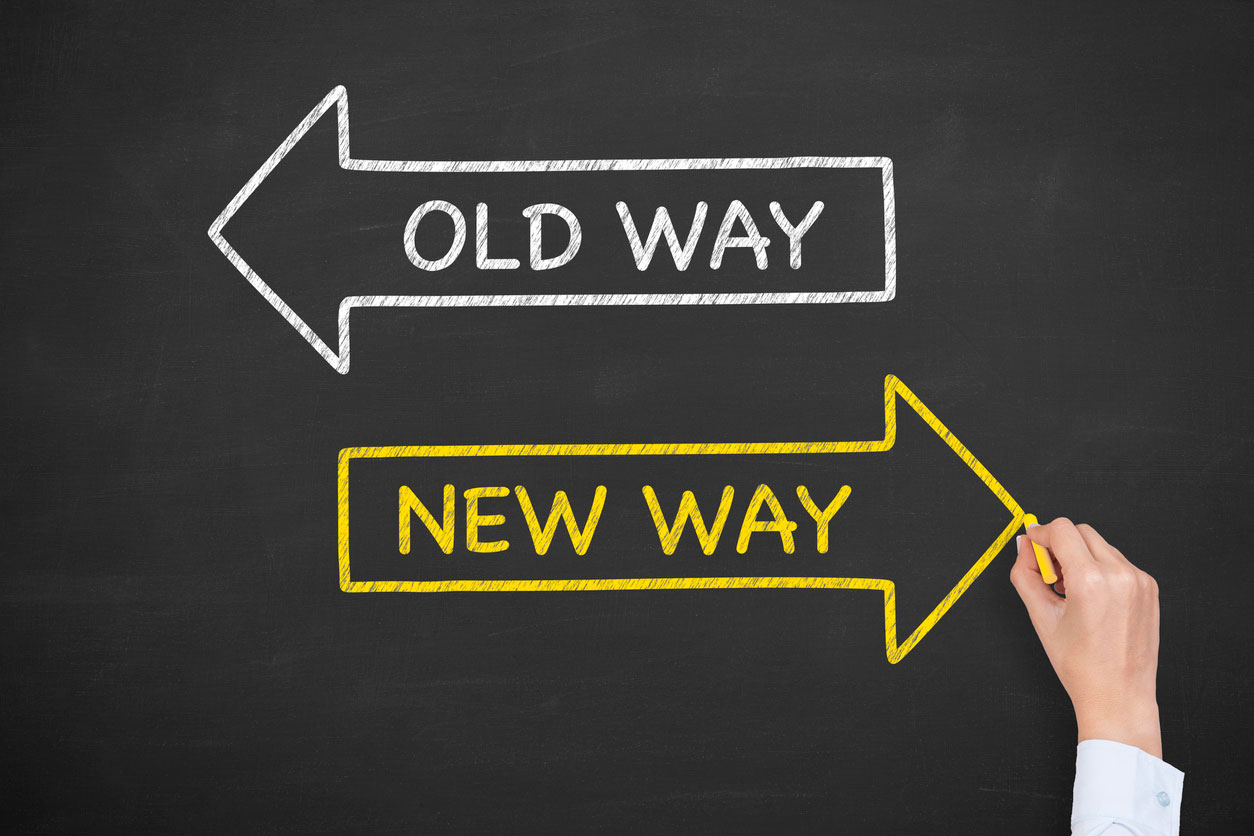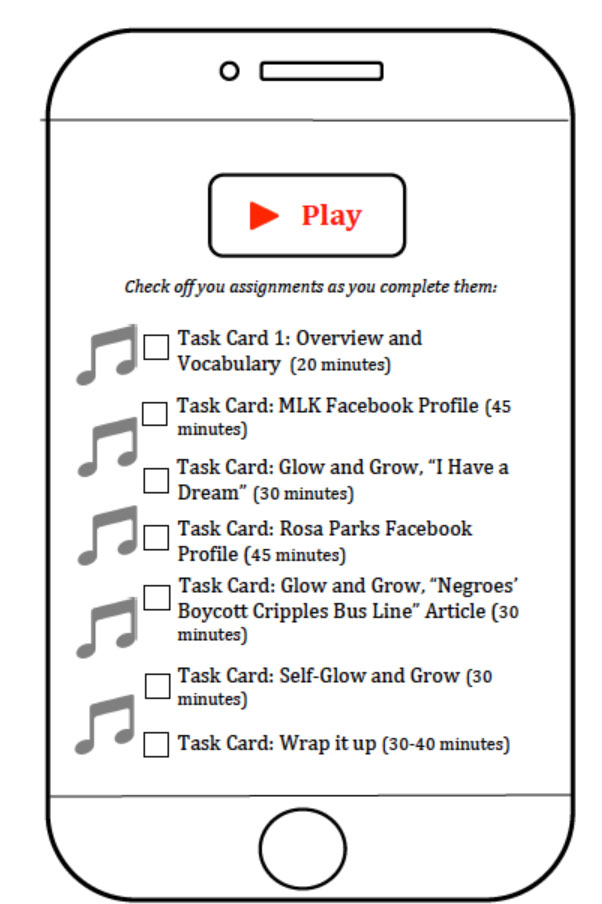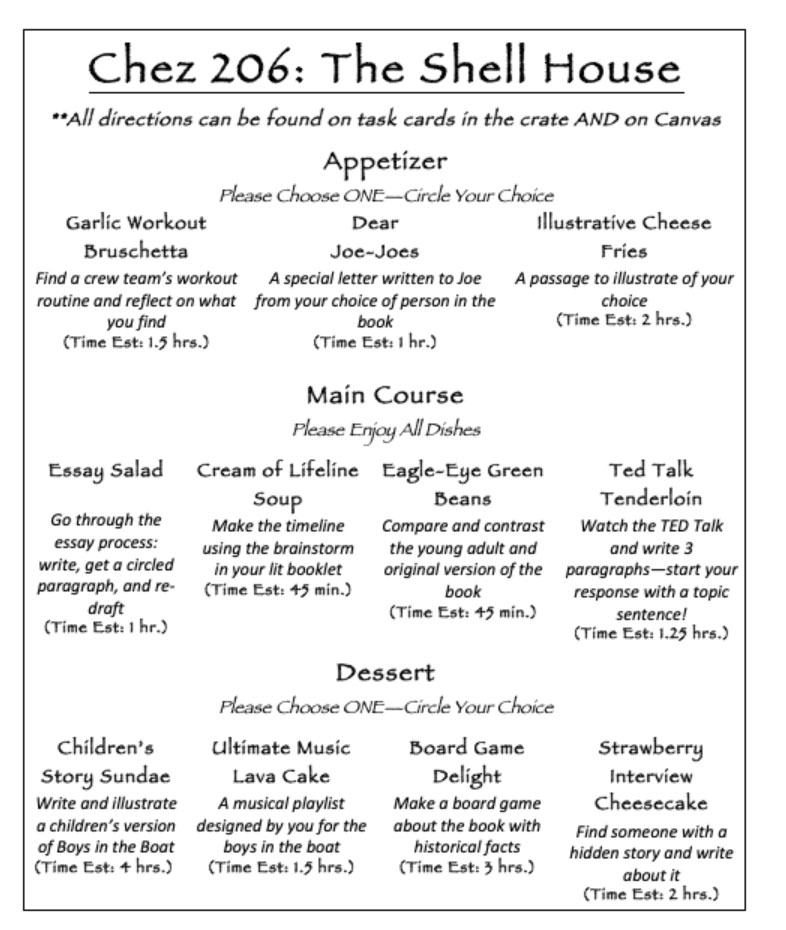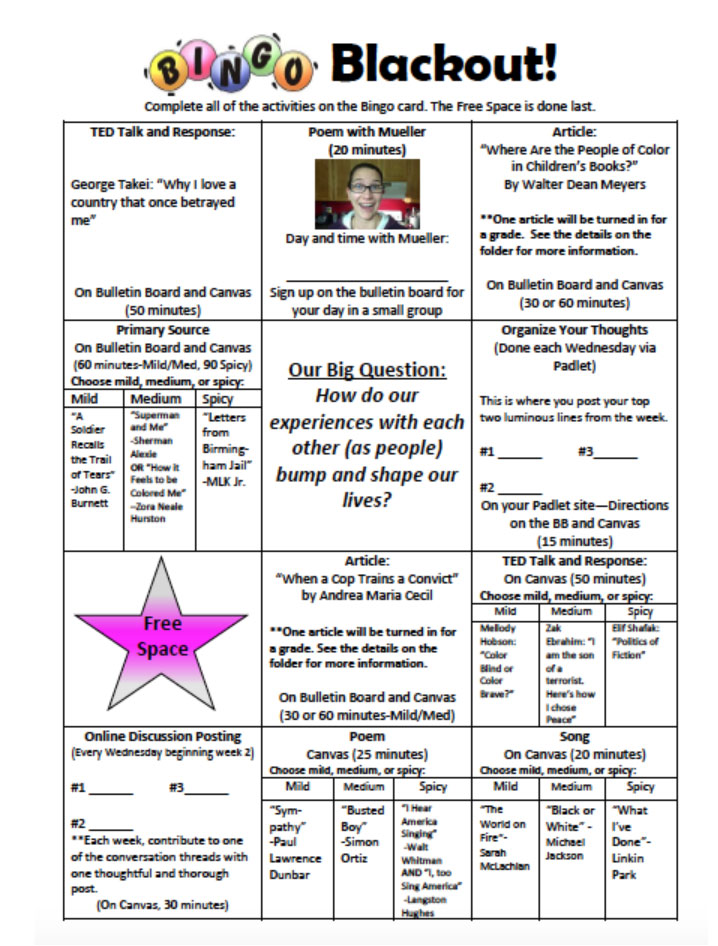TeacherVision advisory board member, Darcy, shares three teaching strategies for a blended and personalized classroom. She includes examples from her own teaching practice that you can modify and use in your classroom. If you are interested in personalized learning models for instruction, this is the post for you.

Why I Blended My Classroom
When I first became interested in blending and personalizing my 8th grade language arts classroom, I was all-in. I signed up for a summer class and dug into learning all of the online tools available and ways to restructure my classes and start meeting more of my students' needs. By the end of the class I was confused and overwhelmed with all of the content that was presented.
School started and I was floundering; trying to figure out how to apply what I had learned seemed completely unattainable. I persisted and signed up for yet another blended learning class that I thought would be more practical and learned more pieces to the blended learning puzzle, but still didn't have any idea how to implement what I had learned.
"It wasn't until a colleague taught me the logistics of how to structure my class that I started to see how I could shift my classroom into the environment I wanted-- a place where students take more ownership of their learning, students' learning experience would be more meaningful, and I could find a better balance between teaching and my personal life."
How I Got Started
The best and most challenging aspect of blending a classroom for me is the preparation; it's very front-loaded.
My colleague and I discussed the outcomes of my unit and we decided a choice board would be the best fit. Of course I had bit off a huge bite. My unit was going to be worked on 3 days a week for 4 weeks.
I spent countless hours gathering content, preparing videos, photocopying, writing task cards with directions, and trying to think ahead at where the hiccups might appear.
It was hands-down the best use of my time.
The choice board forced me to be almost hyper-organized: my lessons were planned for the 3 days a week the students would have independent work time for the following 4 weeks.
Furthermore, because I had taken the time to create purposeful videos and task cards with step-by-step directions, I now have a unit that I can actually pull out of file and know that it is high-quality, provides differentiation, and can easily swap content out as needed with minimal effort.
Another benefit is that my students also learn how to work more independently, so if I am out of my classroom for training or because of an illness, the students can work independently and less class time is wasted.
What I Learned
Was my first experience with a choice board successful? Yes, I believe so! Was it perfect? No way! I learned a lot and had to embrace a little bit of chaos at times, but staying open to trying a new strategy to shift my students' experiences only made me a stronger teacher. It laid a foundation to try other forms of blending and personalization.
During my trials, I learned that streamlining is essential.
- The task cards always have the same layout.
- Resources are kept in the same place: the crate on the side table and/or on our learning management system (Canvas).
- Assignment variations are kept to a minimum so students don't have to learn a new format of assignment each time.
- A calendar with their work days is provided for them so they can learn how to schedule and reflect on their time management.
- I also put the estimated time it will take for students to complete each assignment and where the task cards are located.
I learned through trial and error which blended learning models worked best for me. Below I share the three strategies that you can use to provide students with choice, voice, and agency in your classes:
Strategy #1: Playlist
What it is:
A playlist is like a playlist of music except with assignments. It is a checklist of assignments that my students work through at their own pace in the order that they are given.
How I use it:
I use a playlist for shorter units, anywhere from one to two weeks:
- I have used it with teaching new skills and skill practice.
- It is manageable to prepare for since there are fewer assignments for students to work through.
- Students complete the work either in a packet or in their composition notebooks they have for our class.
- If the playlist work is done in their composition notebooks, students glue the playlist in and check their assignments off as they go.
Variations:
-
Make the playlist with assignments you can "shuffle", i.e. students can pick the order they do them in.

Strategy #2: Learning Menu
What it is:
The learning menu is structured like a multi-course meal. There is an appetizer section, a main course, and a dessert. These could be varied based on your needs, but it opens the door to personalizing and lending choice to students.
How I use it:
I use this as a heavy skill practice, but meshed with projects choice board. Students choose a project out of the appetizer, complete each main course portion, and then choose a dessert.
- Because the projects are more creative, they play along with the assignments that could be viewed as less-fun.
- For this particular menu, I even had students design the rubrics for the projects. They did a great job and it shifted more onus on them for knowing the expectations.
- They also had opportunities to share their projects with each other as they were working on them and give each other feedback.
Variations:
- Change the role of each section--maybe the appetizers are different types of practices and the desserts are extension activities. Have leveled activities with mild, medium, and spicy difficulty levels.

Strategy #3: Choice Board
What it is:
This is a method where students determine what order in which they complete their assignments-- I use playlists when the order matters. My choice boards are a table of assignments where all squares have to be completed and students just know the due date for completing everything.
How I use it:
I have used choice boards for week-long units all the way up to four-week units. When I do longer units, students are always given a calendar and we only schedule the first week or two, reevaluate, then plan the next week or two.
- This really gives students good practice to reflect on their use of class time and how to plan and meet deadlines.
- Within the choice board itself, I sometimes offer differentiation with leveled assignments.
- Students are generally good about picking the appropriate level; however, sometimes I need to intervene.
Variations:
- The number of assignments are variable and could also reflect a tic-tac-toe game.
- I will often use this strategy to offer a small group time to teach the students a skill or present content that would not be ideal with a task card.
- Students are responsible for signing up for a day when I am teaching the small group lesson via a calendar on the bulletin board.

My Advice
With any of these blended learning and personalization strategies, it is important to remember that students have to be taught how to navigate them.
I teach my students how to use task cards by giving them one assignment that they work through with a task card for one day. From there, we scaffold to longer units. They learn where the resources are kept and how to schedule their time so they are more successful.
Ultimately, my role in the classroom has shifted from most of my time being spent in front of the class leading the whole group to spending more time as a facilitator. I purposefully integrate these strategies where they best fit in my curriculum, and I find I have more one-on-one time with my students, more flexibility with pulling small groups for targeted instruction, and my students are owning more of their education. It doesn't always go as planned, but we reflect, learn, and grow together in their education journey.
Here are additional resources on blended and personalized learning: Pulling Back the Curtain: A Behind-the-Scenes Look at Choice Board Implementation, In the Trenches: Tips and Tools for Choice Board Management, Passing the Baton: Tips and Tools to Support your Students to Take the Lead.
What are your favorite blended and personalized learning strategies? Share with us on Instagram, Facebook, Twitter, and Pinterest.
Darcy Mueller is an 8th grade English Language Arts Teacher in Homer, Alaska. She has over a decade of experience. Two years ago Darcy blended and personalized her classroom, and she has become an expert in the best instructional models and strategies for supporting students with opportunities for voice, choice, and agency. When Darcy isn’t teaching, she blogs on Classroom Crusaders. You can listen to her podcast, Classroom Crusaders on iTunes.










